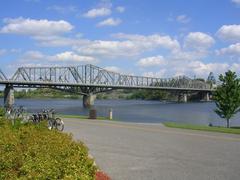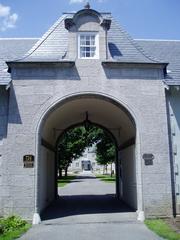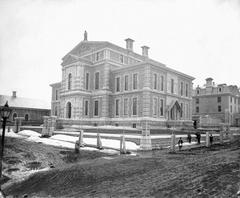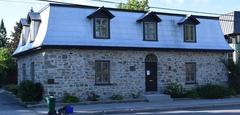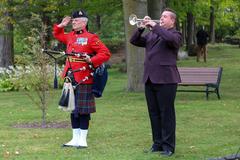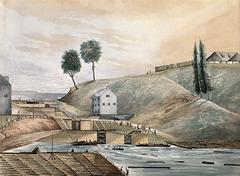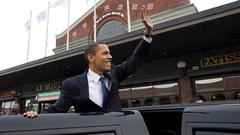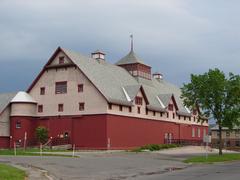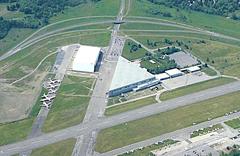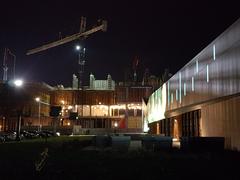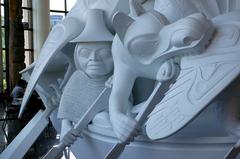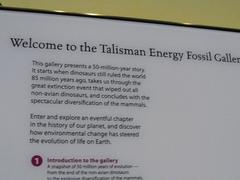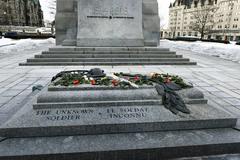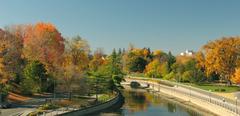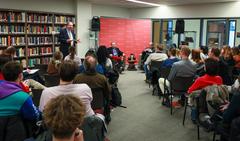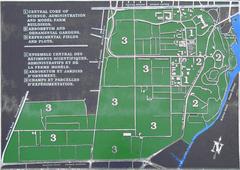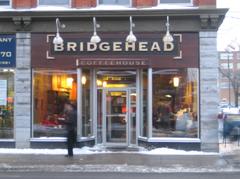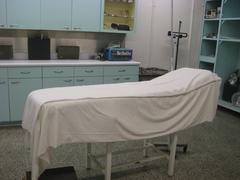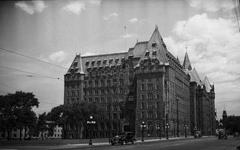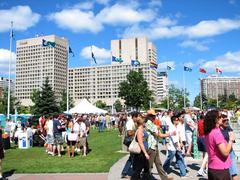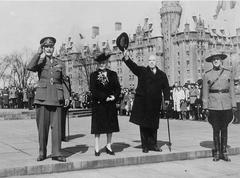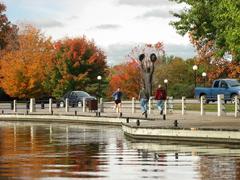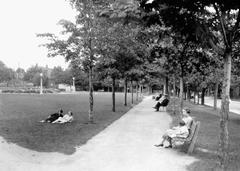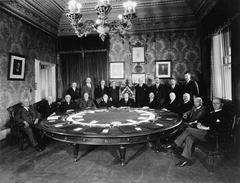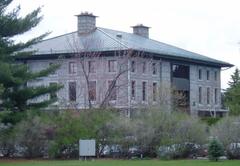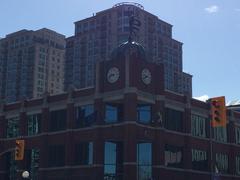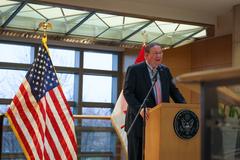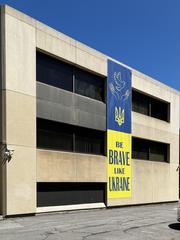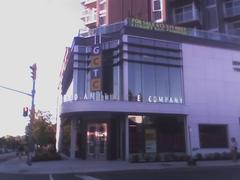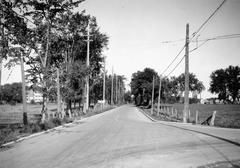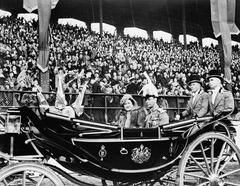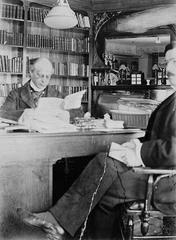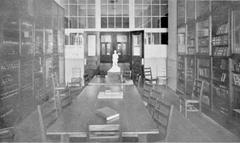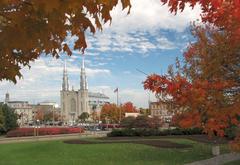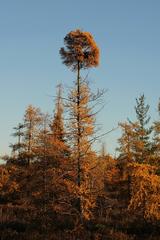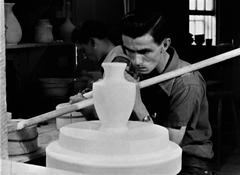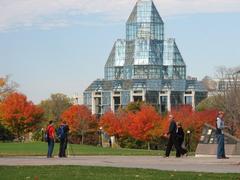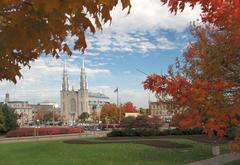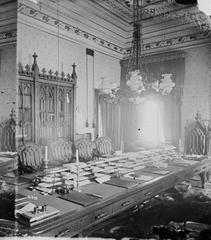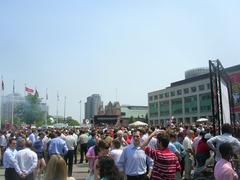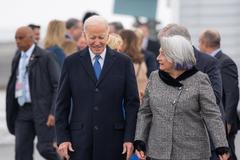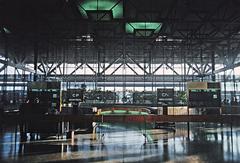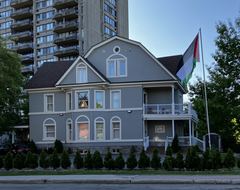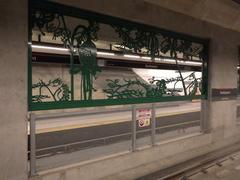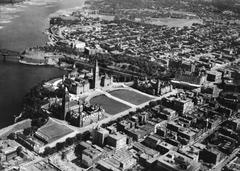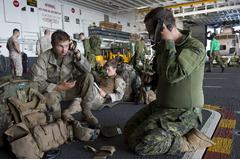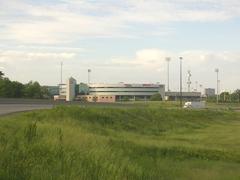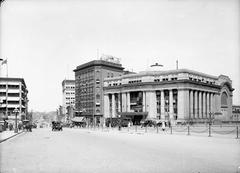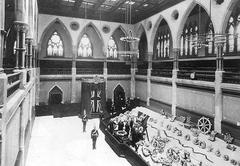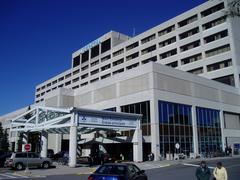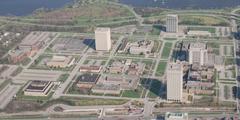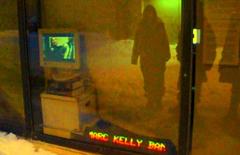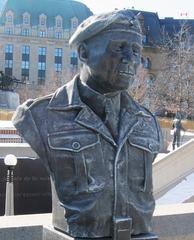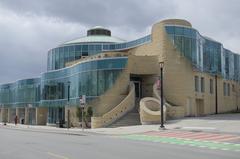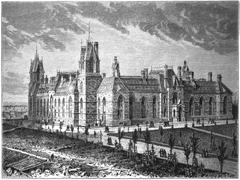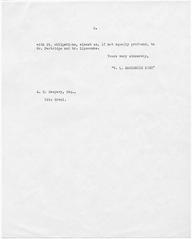
Visiting the Peacekeeping Monument, Ottawa: Comprehensive Guide, Hours, Tickets, and Tips
Date: 04/07/2025
Introduction
Located in the heart of Ottawa, the Peacekeeping Monument—officially titled Reconciliation—serves as a powerful national tribute to Canada’s distinguished peacekeeping legacy. Dedicated in 1992, it honors the sacrifices and achievements of more than 125,000 Canadian peacekeepers who have served in United Nations missions around the globe. This monument not only stands as a site of remembrance, but also as a place for education, reflection, and community engagement. Whether you’re a history enthusiast, a local, or a visitor exploring Ottawa’s cultural landmarks, the Peacekeeping Monument offers an enriching experience that highlights Canada’s enduring commitment to international peace and reconciliation (Veterans Affairs Canada; Canada.ca; GPSmyCity).
Table of Contents
- Introduction
- Historical Context and National Significance
- Monument Design, Symbolism, and Features
- Visitor Information: Hours, Tickets, and Accessibility
- Directions and Transportation
- Events and Commemorations
- Visitor Experience and Nearby Attractions
- FAQs
- Conclusion
- References
Historical Context and National Significance
Origins and Purpose
The Peacekeeping Monument, known as Reconciliation, was conceived in 1990 through a partnership between the Department of National Defence and the National Capital Commission. The initiative aimed to recognize Canadian peacekeepers’ contributions in postwar global conflicts. Following a national design competition, the winning team from British Columbia included sculptor Jack Kenneth Harman, architect Richard G. Henriquez, and landscape architect Cornelia H. Oberlander, with engineering and lighting support from Ottawa-based firms. The monument was officially unveiled on October 8, 1992, marking the 40th anniversary of Canada’s first major peacekeeping mission (Veterans Affairs Canada).
Canada’s Peacekeeping Legacy
Canada’s pivotal role in developing modern peacekeeping is symbolized by the work of Lester B. Pearson, Nobel Peace Prize laureate and former Prime Minister, who was instrumental in creating the first large-scale United Nations peacekeeping force during the Suez Crisis. Since 1947, Canadians have participated in missions worldwide, from Cyprus and the Golan Heights to Rwanda and Haiti. The monument serves as a tangible record of these efforts, with inscriptions listing Canadian missions and a focus on both the hope for peace and the costs of conflict (Veterans Affairs Canada).
Monument Design, Symbolism, and Features
Artistic Collaboration
The monument is the result of collaboration among Canada’s leading artists and designers. Jack K. Harman sculpted the bronze figures, while Richard G. Henriquez and Cornelia Oberlander shaped the architectural and landscape elements (Canada.ca). Lighting by Gabriel Design and engineering by J.L. Richards and Associates complete the multidisciplinary vision.
Symbolic Elements
- Granite Ridges and Debris: Two sharp, granite ridges traverse a field of rubble, representing the aftermath of conflict and the difficult path to peace.
- Bronze Figures: Three peacekeepers—two men and one woman—stand atop the ridges, symbolizing vigilance, inclusivity, and hope. Their non-combat stances reflect the true nature of peacekeeping as mediation and watchfulness (Wikipedia).
- Oak Grove: A circle of 12 oak trees symbolizes the provinces and territories of Canada at the monument’s dedication, signifying strength and endurance.
- Pearson’s Quote: At the base, an inscription from Lester B. Pearson reinforces Canada’s leadership and vision for international peace.
Interpretive and Educational Features
On-site panels detail Canada’s peacekeeping missions and the monument’s symbolism, offering visitors a deeper understanding of its context and purpose.
Visitor Information: Hours, Tickets, and Accessibility
Visiting Hours
The Peacekeeping Monument is an outdoor public site, open 24 hours a day, seven days a week. Visitors can experience the monument at any time, though daylight hours are recommended for optimal appreciation of its features (Veterans Affairs Canada).
Admission
Admission is free; no tickets or reservations are required.
Accessibility
- Wheelchair Access: The site features paved, gently sloped walkways suitable for wheelchairs and those with mobility challenges.
- Wayfinding: Clear signage and open pathways ensure easy navigation for all visitors.
Directions and Transportation
Location
- Address: Intersection of Sussex Drive, St. Patrick Street, and Murray Street, Ottawa, ON. The monument is steps from the National Gallery of Canada and close to Parliament Hill.
Getting There
- Public Transit: Multiple OC Transpo bus routes serve the area; Rideau Station (O-Train Line 1) is approximately a 10-minute walk away.
- Walking/Cycling: The site is accessible via downtown sidewalks and Ottawa’s bike lanes; bike racks are available nearby.
- Parking: Public parking can be found at the National Gallery of Canada and in the ByWard Market area.
Events and Commemorations
National Peacekeepers’ Day
Held annually on August 9, this event honors Canadian peacekeepers with formal ceremonies, wreath-laying, and speeches by dignitaries. The public is welcome to attend (Royal Canadian Logistics Service Association).
International Day of United Nations Peacekeepers
Observed on May 29, the monument hosts events that highlight Canada’s contributions to global peacekeeping efforts (Veterans Affairs Canada).
Additional Observances
Other commemorations include Veterans’ Week in November and Remembrance Day, as well as milestone anniversaries of peacekeeping missions.
Visitor Experience and Nearby Attractions
On-Site Experience
- Exploration: Visitors are encouraged to walk among the monument’s ridges and sculptures, reflecting on the site’s symbolism.
- Interpretive Panels: Educational materials provide context for Canada’s peacekeeping history.
- Photography: The monument offers excellent photographic opportunities, particularly at sunrise and sunset when the lighting enhances its features (Locationscout).
Nearby Amenities and Landmarks
- National Gallery of Canada: Directly adjacent, offers art exhibitions and visitor facilities.
- ByWard Market: A vibrant district with cafes, restaurants, and shops.
- Parliament Hill: Within walking distance, a must-see for visitors to Ottawa.
- Canadian War Museum: Accessible by transit or a short drive.
Frequently Asked Questions (FAQs)
Q: What are the monument’s visiting hours?
A: It is open 24/7, year-round.
Q: Is admission free?
A: Yes, there is no charge to visit.
Q: Is the site accessible to wheelchair users?
A: Yes, the site is designed for full accessibility.
Q: Are guided tours available?
A: While no permanent tours are offered, the monument is included in many self-guided walking tour apps and is featured in special event tours (GPSmyCity).
Q: When are commemorative events held?
A: National Peacekeepers’ Day (August 9), International Day of United Nations Peacekeepers (May 29), and other military anniversaries.
Conclusion
The Peacekeeping Monument is a profound symbol of Canada’s dedication to peace, reconciliation, and humanitarian service. Its evocative design, educational features, and central location make it a meaningful destination for reflection and learning. Open around the clock and free to all, the monument stands as an accessible and essential stop for anyone wishing to explore Ottawa’s historical and cultural landscape.
Visitors are encouraged to take advantage of nearby attractions, participate in commemorative events, and use available resources such as self-guided tour apps to enrich their experience. Stay informed about upcoming ceremonies and educational programs by following official sources and local organizations.
References
- Veterans Affairs Canada: Peacekeeping Monument
- Canada.ca: Reconciliation – Peacekeeping Monument
- GPSmyCity: Peacekeeping Monument
- Evendo: Reconciliation – The Peacekeeping Monument
- Royal Canadian Logistics Service Association: Commemorating National Peacekeepers’ Day
- CBC: Peacekeeping Monument Inscription Error
- Wikipedia: Peacekeeping Monument
- Visit Ottawa: Peacekeeping Monument
- Hotel-Mix.in: Peacekeeping Monument
- Locationscout: The Peacekeeping Monument Ottawa
For more information, download the Audiala app for guided tours and audio commentary, and follow our social media channels for updates on events and new content about Canada’s heritage.



